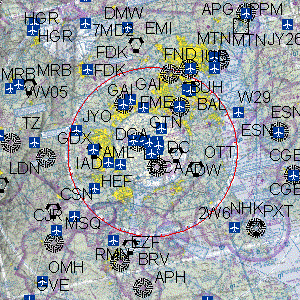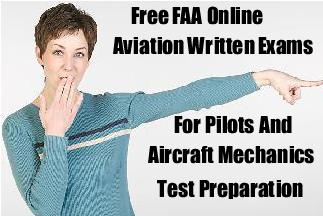|
|||||||||||
|
|
|
|||
|
By |
||||
 |
July 4, 2010 - The
FAA announced a number of changes to the restrictions governing the
Special Flight Rules Area surrounding the nation's capitol, effective
September 1.
The most
significant change will affect pilots who lose radio contact with
controllers while flying under visual flight rules after departing from
an airport located within the Special Flight Rules Area (a circle of
airspace extending 30 miles out from
Under the current
rules, those pilots must squawk 7600 on their transponders and
immediately leave the Special Flight Rules Area by the most direct
route.
The new rule will allow pilots to return to their departure airport if it is closer than the Special Flight Rules Area boundary. This means pilots might not have to fly longer distances to airports outside the Special Flight Rules Area. |
|||
|
|
||||
|
Pilots who lose
radio contact after departing from an airport located within the Flight
Restricted Zone (an inner ring extending 15 miles out from
To improve safety,
the FAA added a speed limit of 180 knots within the Special Flight Rules
Area for aircraft flying under visual flight rules. This will complement
the existing 230 knot speed limit for aircraft flying under visual
flight rules in airspace extending 30 miles beyond the outer ring of the
Special Flight Rules Area.
The agency made
several clarifications to make it easier for pilots to file flight plans
and understand radio requirements. The FAA added a phone number
(866-225-7410) for pilots to call to file flight plans for the Flight
Restricted Zone. Pilots will be asked to use their confidential pilot
identification codes or their waiver numbers. The FAA also clarified that aircraft flying within the Special Flight Rules Area must be equipped with a functioning two-way radio capable of communicating with controllers on the appropriate frequencies or UNICOM. The agency strongly recommends that pilots continuously monitor VHF frequency 121.5 or UHF frequency 243.0 for emergency instructions while flying in the Special Flight Rules Area. |
||||


